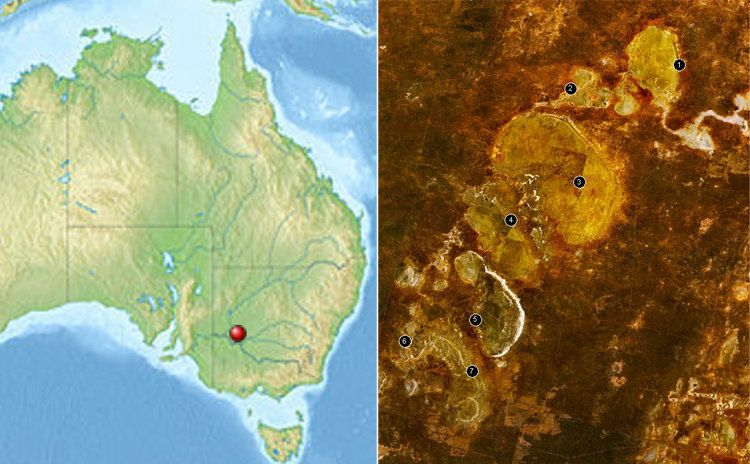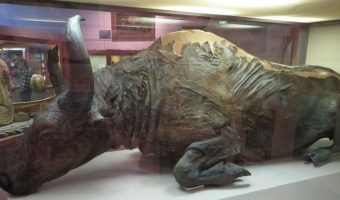20,000-Year-Old Human Footprints Found in Australia; One Track Was of a Man Running at Olympic-Sprinter Speed
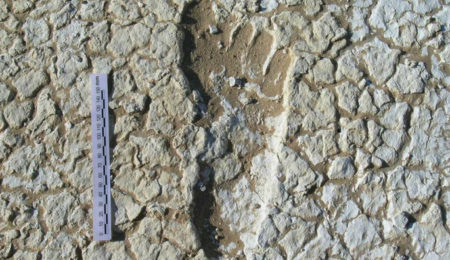
For tens of thousands of years, sand covered and nature preserved the fossilized footprints of ancient Aboriginals, until a casual survey led to their discovery. These 20,000-year-old human footprints had some interesting tales to tell, which, with the help of trackers, the researchers were able to learn about. The footprints were made by people of all ages when the land had soft clay on the edge of a wetland in what is now New South Wales. Here are more details about the discovery.
Table of Contents
In 2003, an Aboriginal woman stumbled across dozens of ancient footprints in southeastern Australia along the shore of one of the 19 dried-up Willandra Lakes. Excavations of the site have since uncovered hundreds more of such footprints.
A young Mutthi Mutthi Aboriginal woman named Mary Pappen Jr. first spotted these footprints, leading to their publication in the Journal of Human Evolution by Steve Webb, a biological archaeologist from Bond University, Queensland, Australia. These footprints are the only ones ever found belonging to the Pleistocene epoch in Australia whose makers, the early Aboriginal ancestors, have long since disappeared. The footprints are a record of their passage and are located in Mungo National Park, a part of the now arid Willandra Lakes World Heritage Area, about 195 miles (315 kilometers) from Broken Hill.
The footprints are the largest collection of Pleistocene human footprints in the world. In total, 700 footprints have now been uncovered so far. The researchers believe they were made about 20,000 years ago over a series of weeks or months when the site was exposed.Â
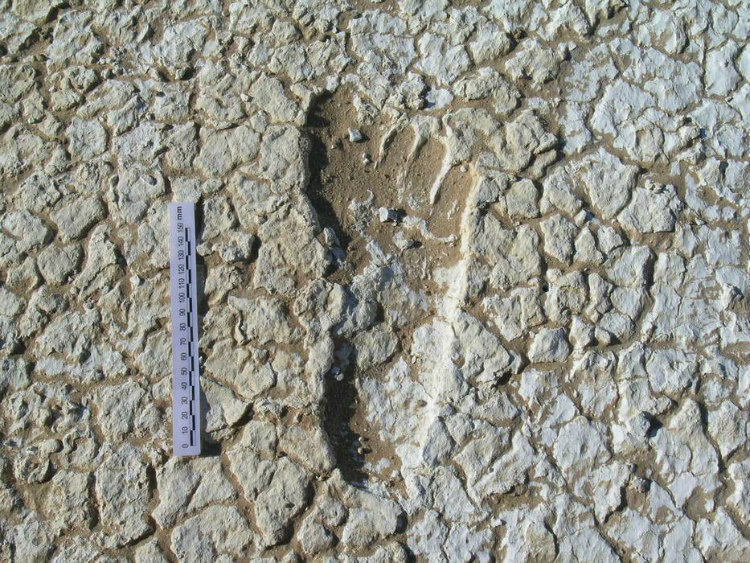
Just like most of modern Australia, the area where these footprints were found is today as dry as a desert. The sand dunes in the area are yellow-white across the landscape. They get blown and changed by arid winds, and there is little rain. Australia is believed to have first been colonized by humans about 50,000 years ago. The researchers believe the makers of these newly found footprints were probably the ancestors of today’s Australian Aborigines.
The tracks belong to both males and females, ranging from children to adults, many of them occupied in different activities. Quite a few of them are believed to be running and heading the same way. There are also footprints that belong to animals like emus.
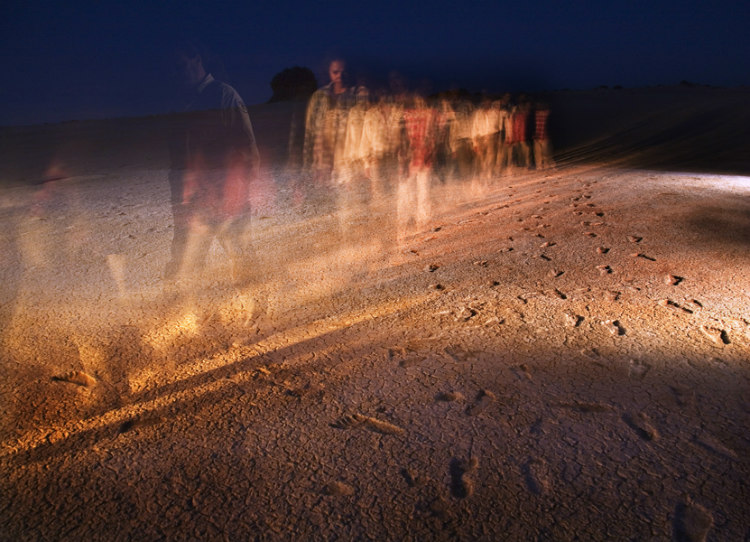
Webb has studied and partially excavated the tracks with the help of other scientists and trackers from Aboriginal tribes. According to him, the footprints reveal things that archaeological sites or skeletal remains cannot. The trackers helped him sort out the differences between many tracks as there were several events during which the footprints were made. Also, humans weren’t the only ones that passed through the area.
There were also hind paw prints from two kangaroos, and tracks of a baby emu, a large flightless bird similar to an ostrich. Matthew Cupper, another member of the study team from the University of Melbourne, believes that the emu prints could be an important clue about when the human footprints were made. This particular emu was between 50 and 70 days old, which means it was just a small chick. Emus tend to nest during the winter, so it could mean that the site was exposed in the season of spring or early summer.
The footprints held some puzzles which were solved with the help of five trackers from the Pintubi people of central Australia. Webb also found the track of someone running at 23 miles (37 kilometers) an hour, which is the speed of an Olympic sprinter.
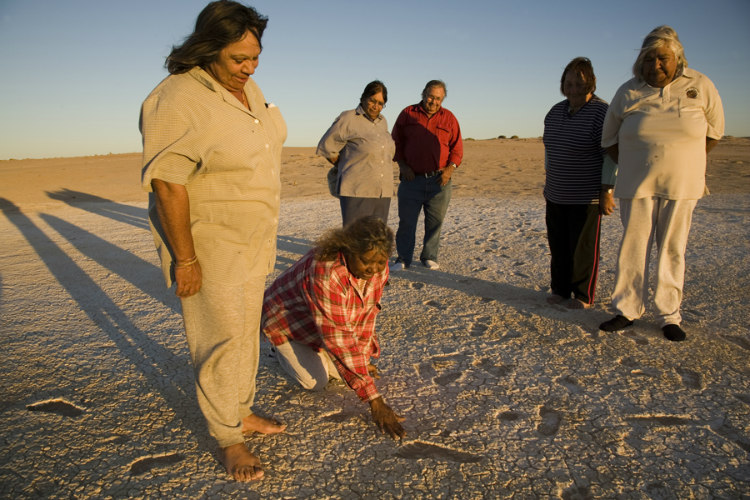
Using the data from 17,000-year-old human remains excavated nearby and details from the tracks themselves such as foot size and stride length, Webb was able to gain a better understanding of the footprints. He believes the people were tall, in good health, and very athletic. Surprisingly, according to one of his calculations, one hunter was running at 23 miles (37 kilometers) an hour, or as fast as an Olympic sprinter. The trackers also gave them a better insight by showing small things which otherwise could have been overlooked. There was a track with only single foot steps which eluded the team. The trackers, however, knew what a one-legged man could do. They believe the owner of those footprints probably just threw his stick away and hopped quite fast on one foot.
So far, Webb and his colleagues have identified about 700 footprints. According to him, ground-penetrating radar suggests there are probably thousands of more prints below the ground in at least eight layers of mud. The excavated site is protected under layers of cloth and dirt to shelter them from erosion caused by wind, sand, and rain for now. Aboriginal community members plan to erect community and educational centers near the site to foster eco-tourism development.
[sources: NationalGeographic, LiveScience]














